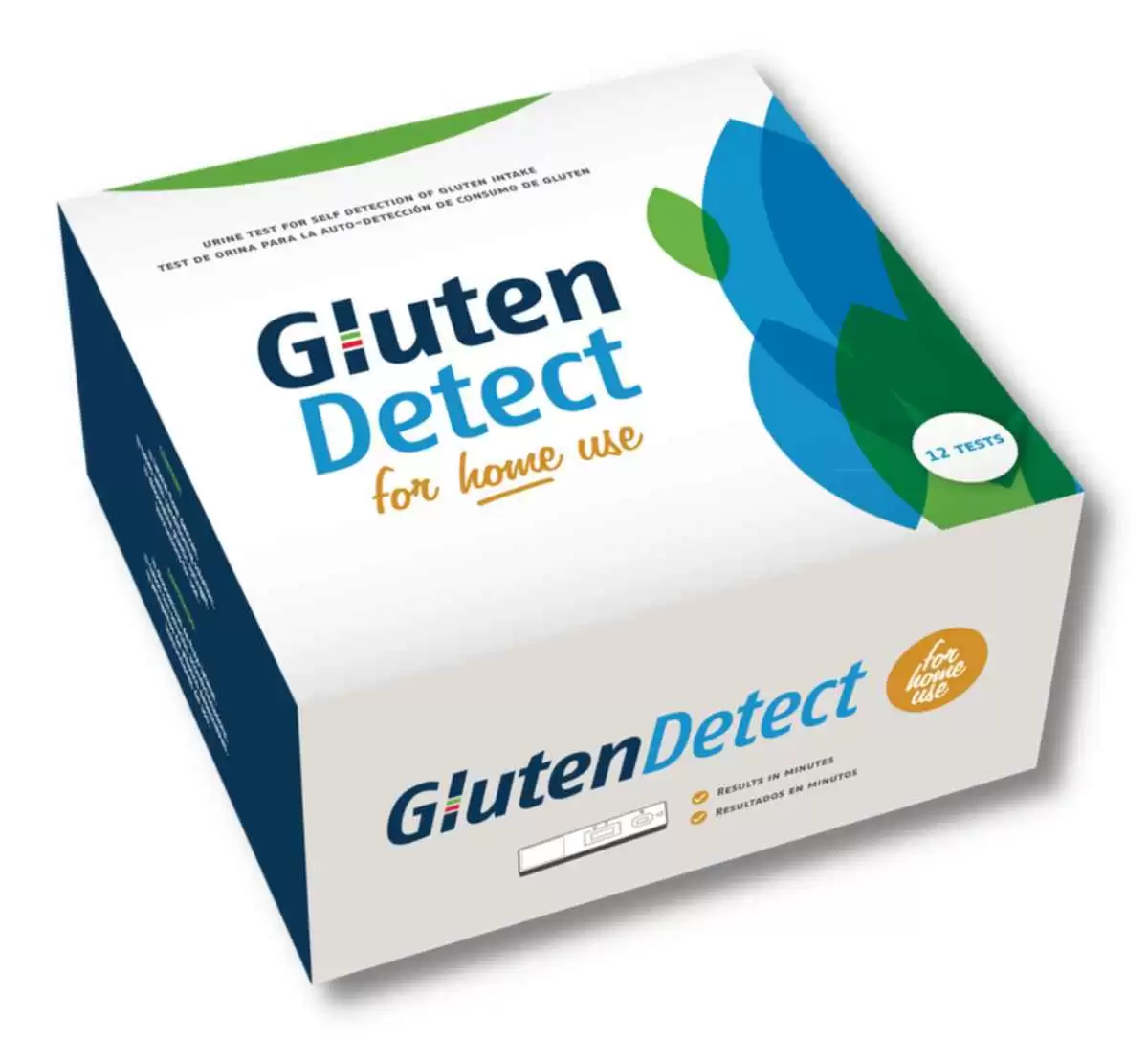Celiac.com 06/16/2023 – The gluten-free market has seen significant growth in recent years. With its continued rapid expansion, it is crucial for food manufacturers to understand the importance of producing gluten-free products safely. Because gluten-free diets are often a medical necessity, that means manufacturers need to adhere to strict processes throughout the entire production and packaging phases.
To comply with the FDA’s requirement that gluten-free foods contain less than 20 parts per million (ppm) of gluten, manufacturers need to ensure that their products meet official threshold. They also need to avoid intentionally adding any gluten-containing ingredients during production. Recent regulations on fermented and hydrolyzed products further emphasize the need for careful consideration of basic ingredients.
Even inherently gluten-free ingredients like oats require attention due to potential cross-contact during growing seasons. Cheeses can also pose risks, as the cultures and enzymes used in their production may contain gluten-containing components. To minimize the risk of cross-contact, manufacturers can follow these four steps:
Step 1: Perform a risk assessment
Conduct a comprehensive evaluation of the materials used in your facility, assess your production layout, and determine if you have the necessary resources for gluten-free production. Consider segregating the production of gluten-free foods into dedicated areas or scheduling gluten-free manufacturing separately to reduce cross-contact risks.
Step 2: Analyze your factory environment
Evaluate your factory environment and production lines to see if you need a dedicated facility, or if you can manage with precautions such as dividers or curtains, to prevent cross-contact between gluten-free and gluten-containing products.
Step 3: Clean your equipment
Regardless of facility type, thorough equipment cleaning is essential to eliminate potential cross-contact. Adapt cleaning protocols to remove gluten, just as you would for other allergens. Pay special attention to hard-to-reach areas, and materials that may retain gluten particles.
Step 4: Verify equipment through testing
After cleaning, verify that no detectable gluten remains on the equipment. Use specific gluten test kits or protein swabs to check for residue. Avoid ATP swab kits as they are less sensitive to gluten proteins. Train staff to perform gluten-free verification tests, interpret results, and take appropriate actions if positive. Proficiency testing programs can aid in training and verification.
With the demand for gluten-free products projected to rise, it is crucial for manufacturers to analyze risks, assess production environments, take necessary precautions, and ensure thorough cleaning and testing of equipment.
By following these steps, companies can produce high-quality, safe gluten-free food for consumers adhering to a gluten-free diet due to medical necessity or personal choice.
Read more at manufacturing.net
Source link



